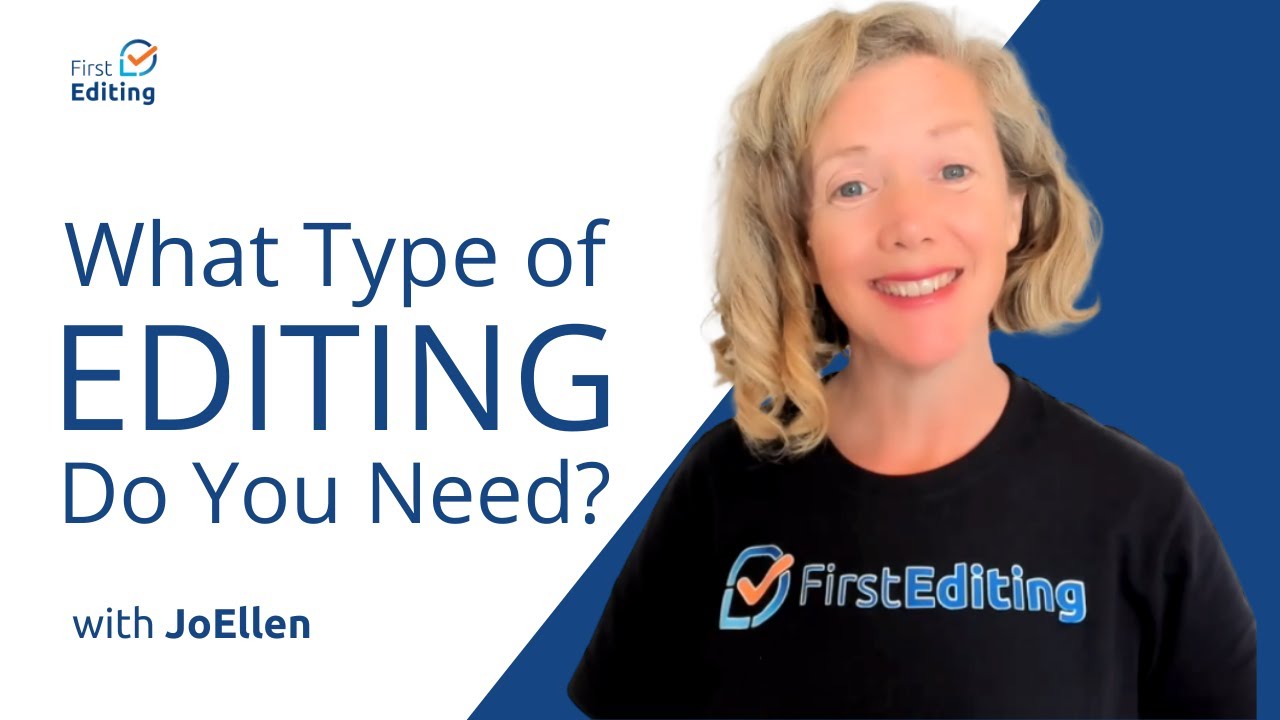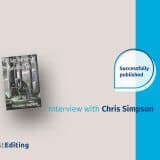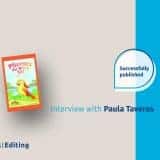
How to use sound to make your scenes better
Sound creates atmosphere. When writing a novel, you can use sound to add a layer of depth to your description. This is called audible imagery, and one of its uses is to show the reader locations instead of telling them. For instance, “raindrops pummeling payment” tells your reader that the character is outside, perhaps in an urban setting. You get a much better feel by using sound and not simply saying they’re standing on the pavement. Everybody can feel raindrops hitting the pavement, and the sound conjures the feeling of wet feet and discomfort.
You can use also use sound to indicate that something is important to a character. For example, a dog trainer is tuned to hearing a dog’s bark, so that would be a sound they would notice. A cat person, on the other hand, might not notice a dog barking. If they do, they might find it irritating, whereas a dog trainer would be intrigued by it because they want to understand it. So, you can tell a lot about your character by what sounds they pay attention to and what stimulates their mind.
Sound can also trigger a flashback, backstory, or emotional reaction, and it can help or hinder the point-of-view character from reaching their goal because now they’re off on a different track.
It can show be used to show emotion. For example, think of a character hiding in an empty building. The power is off, and the villain is looking for them. That character is going to be listening for any noise that might help them determine where the villain is, and they’re going to tune out everything else. Now, here comes the twist. They hear something they don’t expect. In an instant, you’ve picked up the narrative pace as the character—and reader—struggles to determine if the sound is something harmless or dangerous.
Filtering
Filtering is a common mistake that happens with sound. This is adding extra words to describe the sound. Going back to the dog example, “she heard the dog bark” is a longer way of saying “a dog barked.” The scene is from this character’s point of view, so we know she heard. With the shorter version, the reader feels like they heard the dog bark versus being told that the character did. The other thing the shorter version helps with is pacing because it’s much faster. As a reader, you’re just rolling through, part of the scene, and the story feels much faster.
The sound has to be familiar to the reader. if you’re describing something unique, you need to be precise and evoctive because you really don’t want your reader to have to look it up. It’s very easy to do on the Kindle. Readers can click “let me read this” and get interested in something else because they’re learning about what that sound is.
Make sure that you give everything they need to understand the sound but without overloading them wth detail. It’s very easy to use too much description for sounds, so take your time when writing about them to make your language tight.
As with the other sense elements we have discussed, one of the best ways to make sure you’re using sound effectively is to make a list. Keep track of all the sounds that you’re using, either just marking where they occur or you’re keeping track of specific sounds. That way, you can see where you might need to add sounds or change some of the ones you have.
Think about the variety of your sounds. When writing a book about a dog trainer, for example, don’t just use barking. There are so many other sounds a dog makes that you need to look at. Also, when you use a sound, think about different words you can use to describe it so that it’s not repetitive. Use active sounds instead of passive ones. Study your sounds and think about what you want the reader to experience and how quickly can you make them experience it.
Thank you for reading this chapter, and if you like it, share it with one of your friends so that we can all become better writers.
WATCH NEXT EPISODE: Taste – Episode #34
WATCH PREVIOUS EPISODE: Smell – EPISODE #32
RETURN TO THE 38 STORY ELEMENTS










